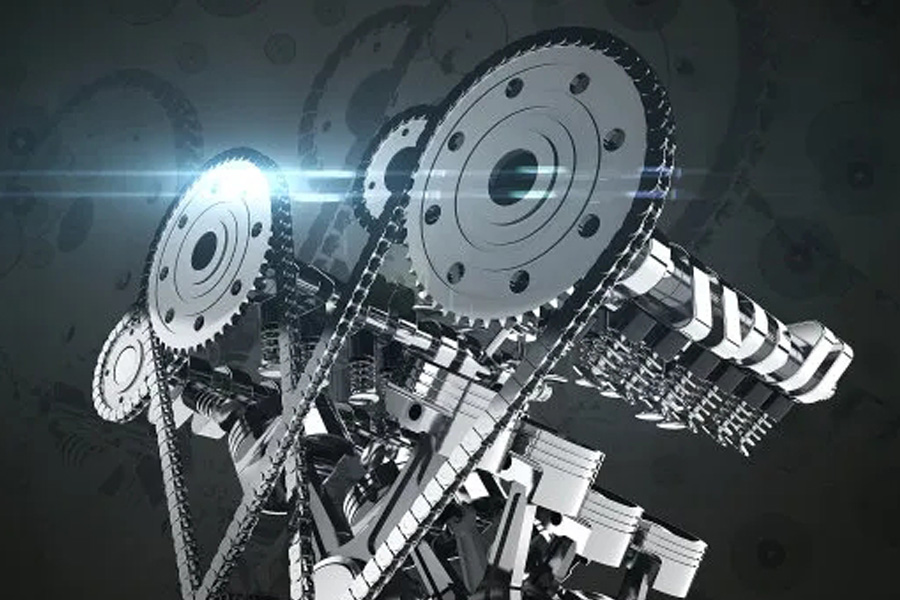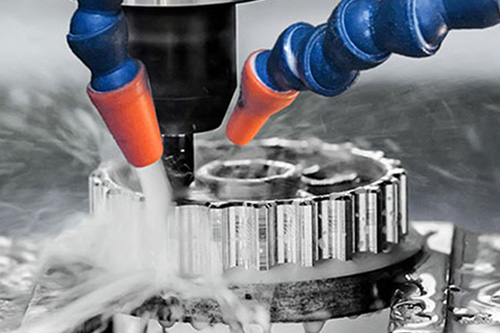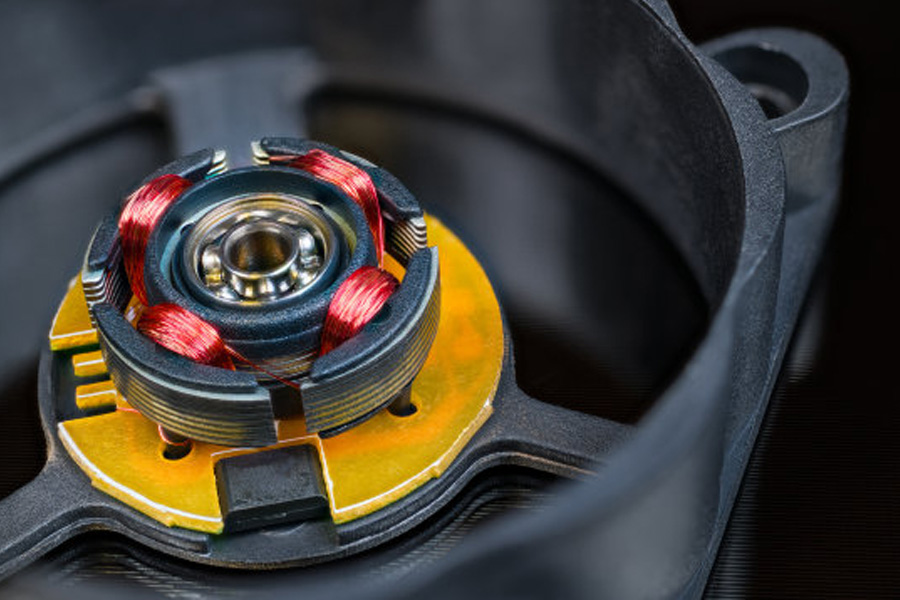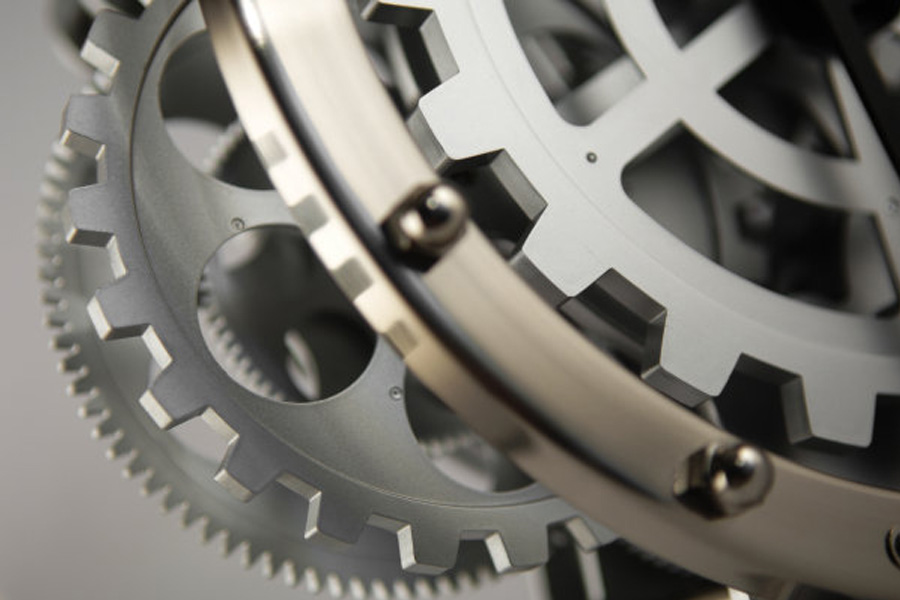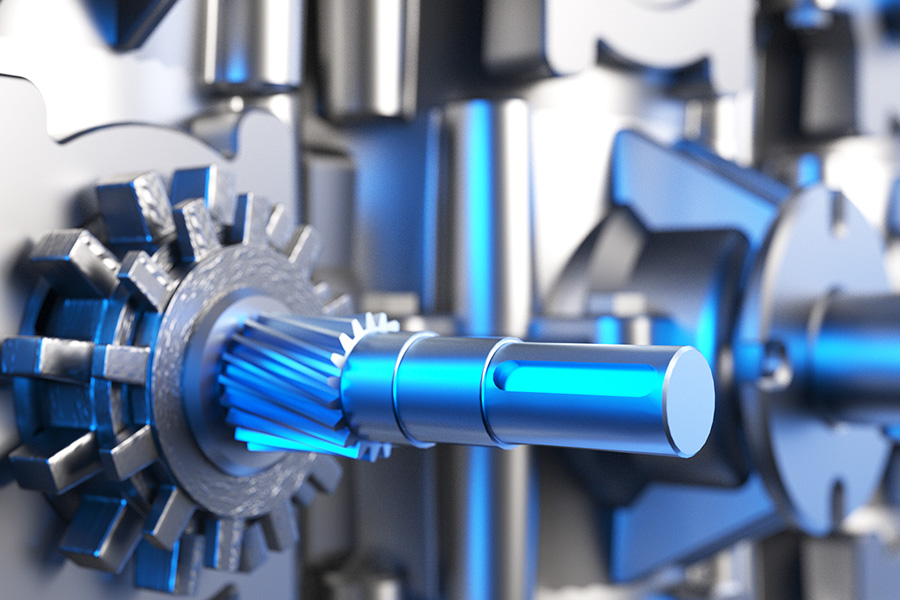Grinding processing is a common method of metal cutting in the mechanical manufacturing industry and is widely used in the bearing processing industry. Bearing parts that have been heat-treated and quenched may exhibit mesh like cracks or small cracks arranged in a regular pattern during the grinding process, known as grinding cracks. These cracks not only affect the appearance of the bearing parts, but also directly affect their quality. Below, we will share the characteristics and causes of bearing grinding cracks, as well as corresponding preventive measures.
1. Characteristics of bearing grinding cracks:
Grinding cracks are significantly different from general quenching cracks. Grinding cracks only occur on the grinding surface, with a shallow depth, and the depth is basically the same. The lighter grinding cracks are perpendicular or close to parallel lines perpendicular to the grinding direction, and are regularly arranged strip-shaped cracks. This is a type of crack, while the more severe cracks are in the shape of a turtle shell (closed network), with a depth of approximately 0.03-0.15ram. After acid corrosion, the cracks are obvious, which is the second type of crack.
2. Reasons for bearing grinding cracks:
The generation of bearing grinding cracks is caused by grinding heat, and the surface temperature of the bearing during grinding can reach 800-1000 degrees Celsius or higher. The microstructure of quenched steel consists of martensite and a certain amount of residual austenite, which are in an expanded state. The expansion and contraction of martensite increase with the increase of carbon content in steel, which is particularly important for the formation of grinding cracks on the surface of bearing steel. The residual austenite in quenched steel decomposes under the influence of grinding heat during grinding, gradually transforming into martensite. This newly formed martensite is concentrated on the surface of the part, causing local expansion of the bearing surface and increasing the surface stress of the part, leading to the concentration of grinding stress. Continuing grinding will accelerate the generation of surface grinding cracks; In addition, the newly formed martensite has a larger thickness, which can accelerate the formation of grinding cracks during grinding.
On the other hand, when grinding parts on a grinder, both pressure and tension are applied to the parts, which promotes the formation of grinding cracks. If the cooling during grinding is not sufficient, the heat generated during grinding is enough to re austenitize the thin layer on the grinding surface, and then quench it into quenched martensite again, resulting in additional tissue stress on the surface layer. In addition, the heat generated during grinding causes the bearing surface temperature to rise rapidly and cool rapidly. The superposition of these tissue stress and thermal stress may lead to grinding cracks on the grinding surface.
3. Preventive measures for grinding cracks:
From the above analysis, it is known that the fundamental reason for the occurrence of grinding cracks is that the martensite during quenching is in an expanded state, with stress present. To reduce and eliminate this stress, stress relief tempering or quenching should be carried out. During tempering treatment, the wasted time must be at least 4 hours. As the tempering time increases, the possibility of generating grinding cracks decreases. In addition, bearings may crack when rapidly heated to around 100 degrees Celsius and rapidly cooled down. To prevent the occurrence of cold cracks, the parts should be tempered at around 150-200 degrees Celsius. If the bearing continues to heat up to 300 degrees Celsius and the surface shrinks again, causing cracks, the bearing should be tempered at around 300 degrees Celsius to prevent crack formation. It is worth noting that tempering bearings at around 300 degrees Celsius will cause a decrease in their hardness and should not be used in certain situations. After another tempering, grinding cracks still occur, which can be treated with secondary tempering or artificial aging, which is very effective.
The generation of grinding cracks is caused by grinding heat, so reducing grinding heat is the key to solving grinding cracks. The commonly used wet grinding method, however, no matter how coolant is injected, it cannot reach the grinding surface in a timely manner during grinding, thus unable to reduce the grinding heat at the grinding point. Coolant can only instantly cool the grinding points of the grinding wheel and parts after grinding, and at the same time, the coolant has a quenching effect on the grinding points. Therefore, increasing the use of coolant is one of the main measures to minimize the grinding heat in the grinding area. If dry grinding method is used, the grinding feed rate is small, which can reduce grinding cracks. But this method is not very effective, and the dust is flying, affecting the working environment, so it is not suitable to adopt.
Choosing a grinding wheel with softer hardness and coarser sand particles can reduce grinding heat. However, coarse particles can affect the surface roughness of parts, and for parts with high surface roughness requirements, this method cannot be used, thus being subject to certain limitations. There are coarse and fine grinding methods. For coarse grinding, a soft grinding wheel with coarser particles is used to facilitate strong grinding and improve efficiency. Then, a finer grained grinding wheel is used for fine grinding with a smaller feed rate. Splitting into two machines for rough grinding and fine grinding is an ideal method.
Selecting grinding wheel abrasives with good self sharpening performance, promptly removing surface waste from the grinding wheel, reducing grinding feed rate, increasing grinding frequency, and reducing worktable speed are also effective ways to reduce grinding cracks.
The rotational speed of the grinding wheel and parts is also one of the main influencing factors. The large runout of the grinding wheel and the large displacement of the parts are both causes of grinding cracks. Timely improve the rotational accuracy of grinding wheels and parts to eliminate various factors that cause grinding cracks as much as possible.
4. Some methods to prevent grinding cracks on the surface of bearing steel:
In grinding processing, the main methods to prevent the occurrence of grinding cracks on the surface of bearing steel are:
① Reduce grinding heat to solve grinding cracks.
② Coarse and fine grinding are used, with coarse grinding using a soft grinding wheel with coarser particles.
③ Select grinding wheel abrasives with good self sharpening performance, promptly remove surface waste from the grinding wheel, reduce grinding feed rate, increase grinding frequency, and reduce worktable speed.
④ Timely improve the rotational accuracy of the grinding wheel and parts to minimize the occurrence of grinding cracks.
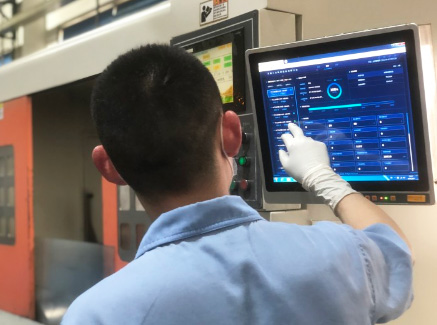 AboutThe business philosophy of "manufacturing with heart and providing sincere service" aims to repay new and old customers with exquisite technology, high-quality products, and perfect services
AboutThe business philosophy of "manufacturing with heart and providing sincere service" aims to repay new and old customers with exquisite technology, high-quality products, and perfect services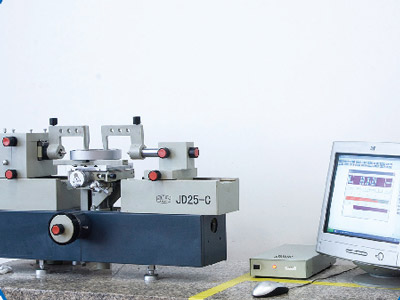 NewsElaborated development of high performance hub unit bearing, innovative design, excellent process and high-quality material selection help the vehicle drive safely.
NewsElaborated development of high performance hub unit bearing, innovative design, excellent process and high-quality material selection help the vehicle drive safely. ProductThe high-performance wheel hub unit bearings integrate advanced design and high-quality materials, injecting strong power into the safe driving of automobiles.
ProductThe high-performance wheel hub unit bearings integrate advanced design and high-quality materials, injecting strong power into the safe driving of automobiles.

